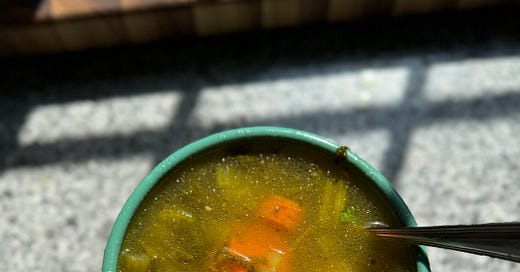The Surprising Way Your Cooking Could Be Aging You Faster (And How to Fix It!)
Recipes & cooking methods that can decrease your risk of chronic diseases 😮
We often only think about what we eat when it comes to our health. And most people focus on skincare and supplements to maintain a youthful glow. But did you know that how you cook your food could be accelerating the aging process?
Advanced Glycation End Products (AGEs) are compounds formed when proteins or fats combine with sugar during high-heat cooking methods like grilling, frying, and roasting. Ever heard of the Maillard reaction? Yes, it’s what makes food crispy and flavorful, but these compounds also contribute to inflammation, oxidative stress, and collagen breakdown—key factors in premature aging and chronic disease. So if you’re looking for a way to level up your health & wellness routine and further mitigate chronic disease and support healthy aging, adding water-based cooking methods like steaming, poaching, and slow cooking to your routine might be a good option. These methods can significantly reduce AGE formation while keeping your meals nutrient-dense and delicious.
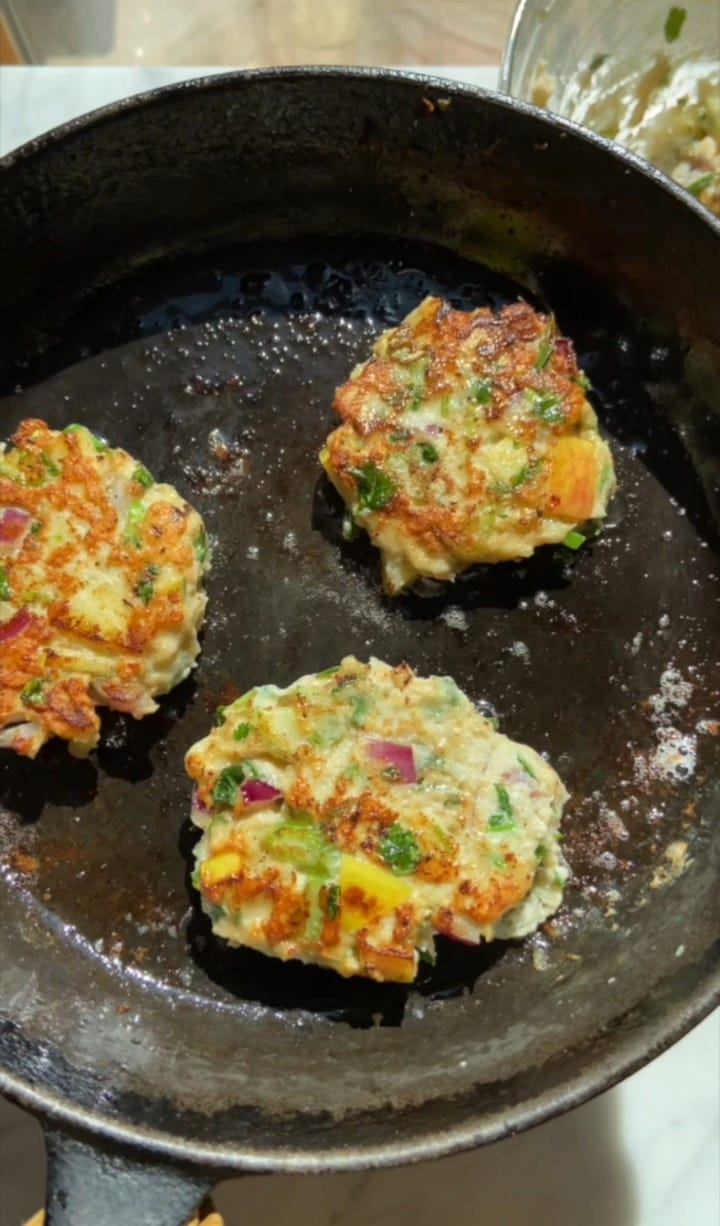
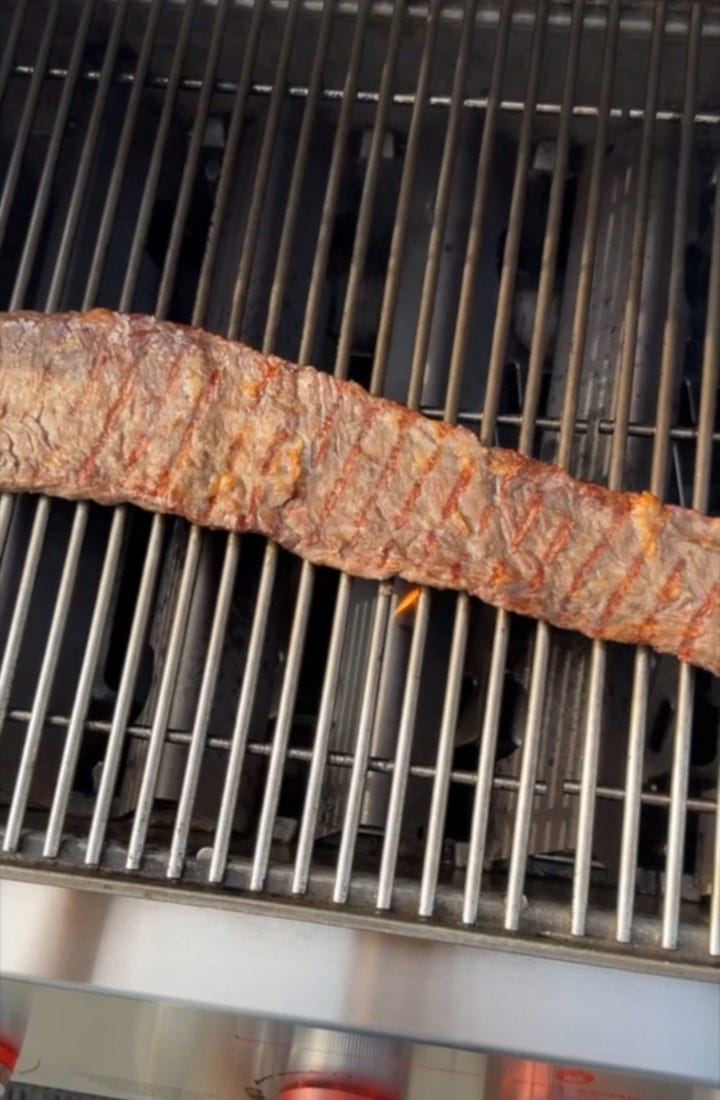
How AGEs Impact Your Health and Skin
Advanced Glycation End Products (AGEs) are harmful compounds that form when proteins or fats combine with sugars in a process called glycation. They can be produced endogenously (inside the body) as a natural part of metabolism, but their accumulation accelerates with aging, oxidative stress, and poor blood sugar control. Exogenous AGEs come from external sources, primarily from highly processed foods and high-heat cooking methods like frying, grilling, and roasting. When AGEs build up in the body, they contribute to oxidative stress and inflammation, damaging collagen and elastin—the proteins that keep skin firm and youthful. This leads to wrinkles, sagging skin, and premature aging.
But this is about so much more than skin-deep issues like fine lines and wrinkles. AGEs play a significant role in chronic diseases like diabetes, cardiovascular disease, and neurodegenerative disorders by stiffening blood vessels, impairing cellular function, and promoting inflammation. Adopting a low-AGE diet—which includes water-based cooking methods (steaming, poaching, slow cooking), a low-sugar diet, and antioxidant-rich foods—can help reduce AGE accumulation as an effective approach to mitigating chronic disease and healthier aging.
TL;DR - we are going to talk about some cooking methods and tips so that you can eat delicious food that helps you minimize wrinkles and signs of aging AND mitigate risk of chronic disease like diabetes, heart disease, and dementia!
PMID: 31285723
PMID: 20497781
PMID: 16894049
Other Factors That Contribute to AGE Formation
Aside from high-heat cooking, it’s important to mention the other lifestyle and dietary factors contribute to AGE accumulation in the body:
High-Sugar Diets – Excess sugar in the bloodstream promotes glycation, the process that leads to AGE formation.
Processed Foods – Many packaged foods contain high levels of AGEs due to their manufacturing processes.
Excess Alcohol Consumption – Alcohol can impair the body's ability to detoxify AGEs.
Chronic Inflammation – Inflammatory diets high in refined grains and unhealthy fats exacerbate AGE accumulation.
Oxidative Stress – Exposure to pollution, UV radiation, and smoking accelerates AGE-related damage.
Best Cooking Methods for a Low-AGE Diet
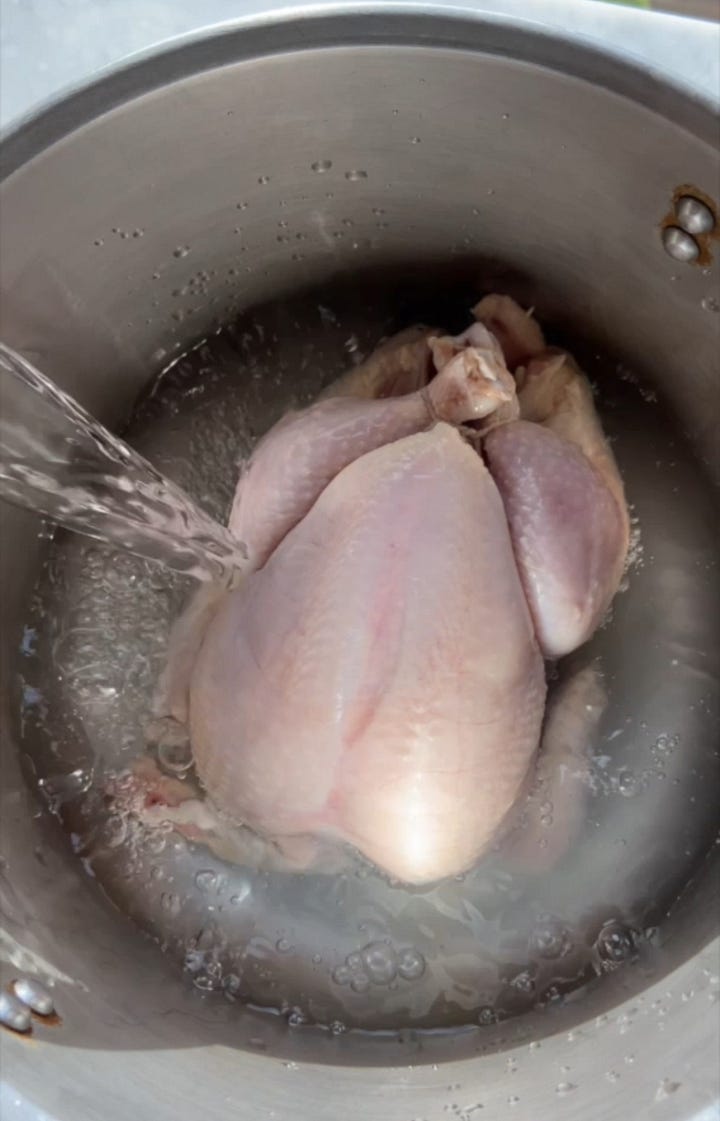
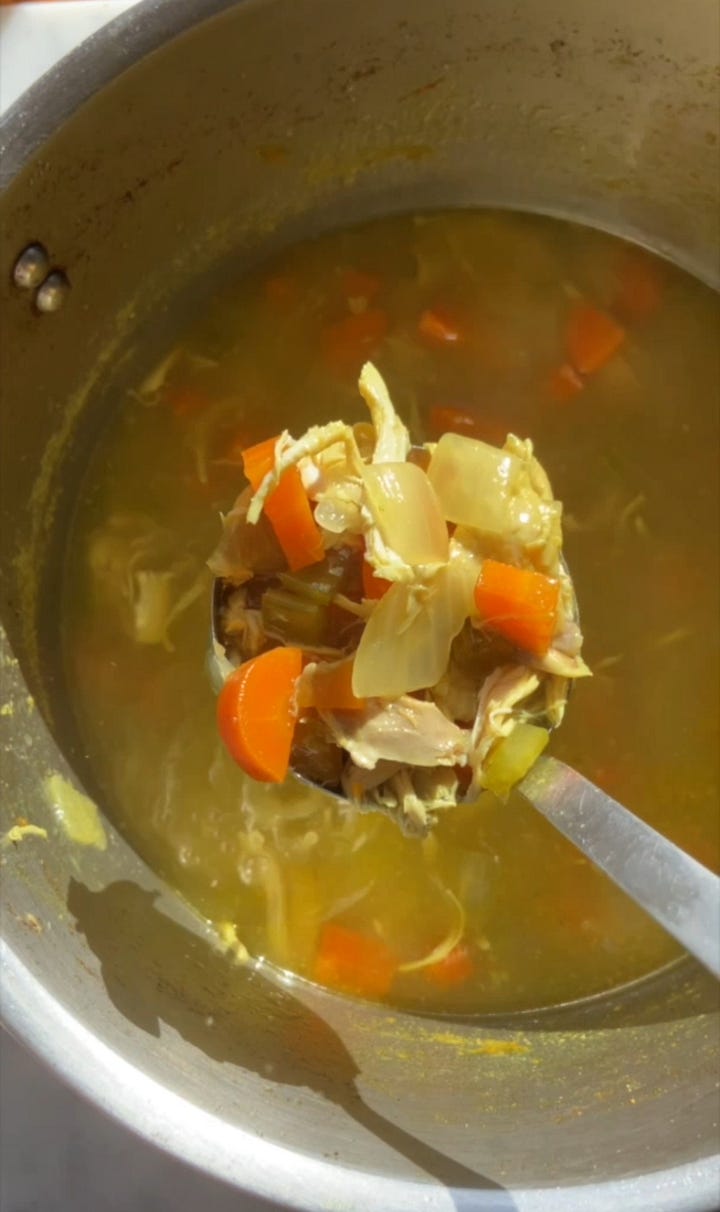
To minimize AGEs in your diet, opt for water-based cooking techniques that use lower temperatures and retain moisture:
Steaming – Preserves nutrients while preventing excessive browning and AGE formation.
Poaching – Cooking in water or broth at low temperatures keeps proteins tender without high heat damage.
Boiling/Simmering – Ideal for vegetables, legumes, and proteins like chicken and fish.
Slow Cooking – Cooking at lower temperatures for extended periods reduces AGEs while enhancing flavor and tenderizing tougher cuts of meat.
Pressure Cooking – Uses steam to cook food quickly at lower temperatures, preventing excessive AGE formation.
Acidic Marinades - Aside from low-heat and high-moisture cooking, marinating meats in acidic environments has been shown to reduce the AGE content by half. And who can be mad about a flavorful, tender marinated flank steak?!
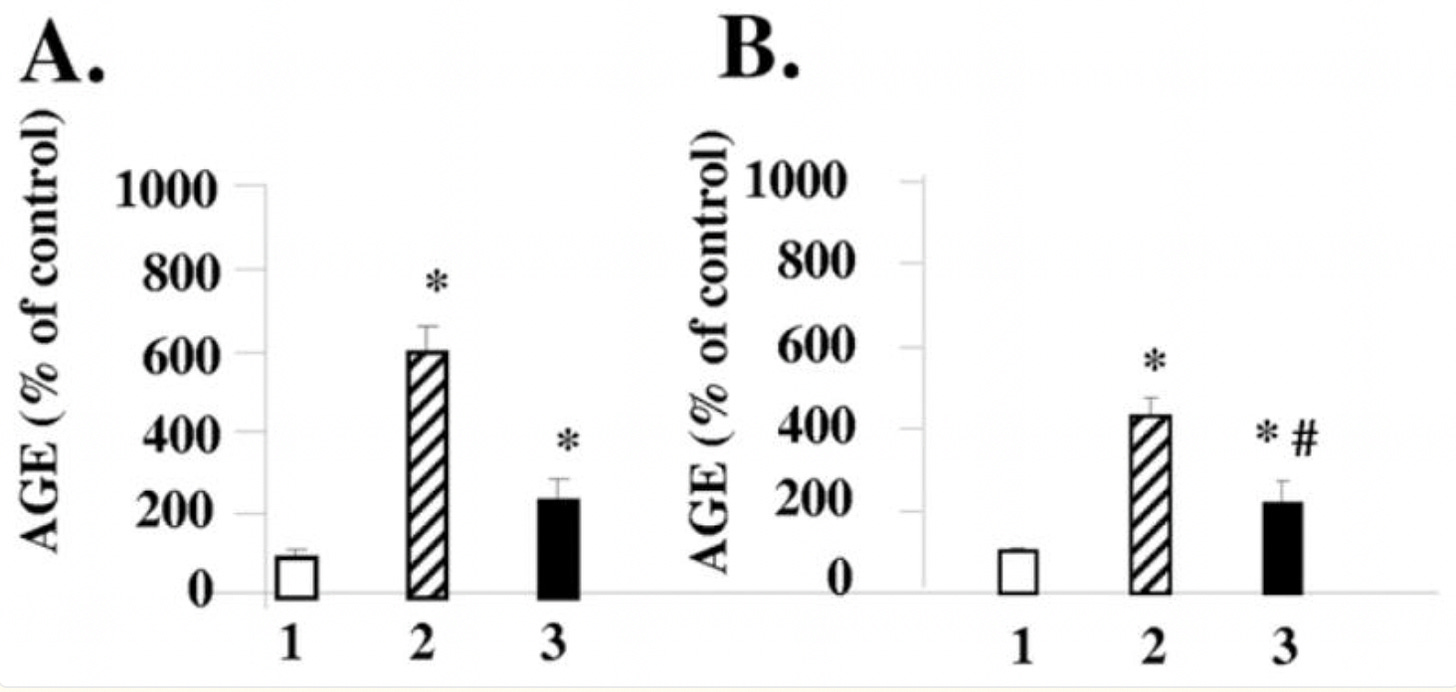
This study has an interesting database of the AGE content of 549 different foods and how they were prepared.
Essential Cooking Tools for Low-AGE Cooking
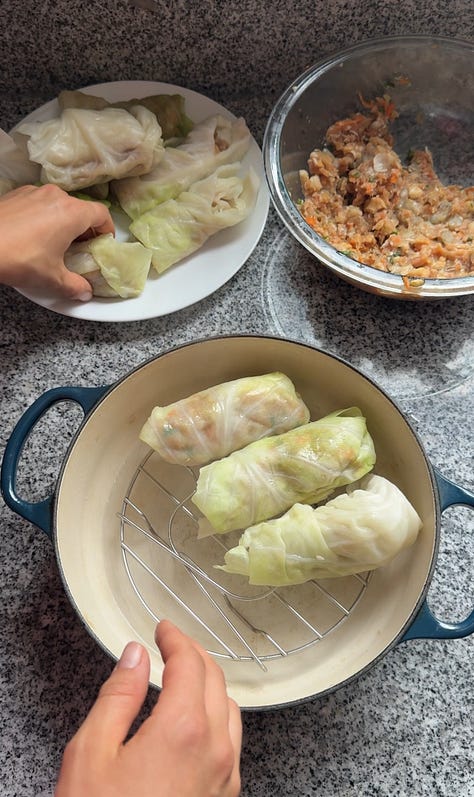
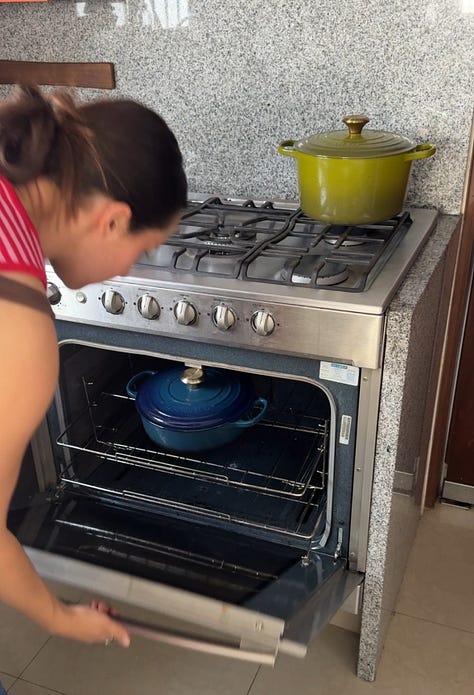
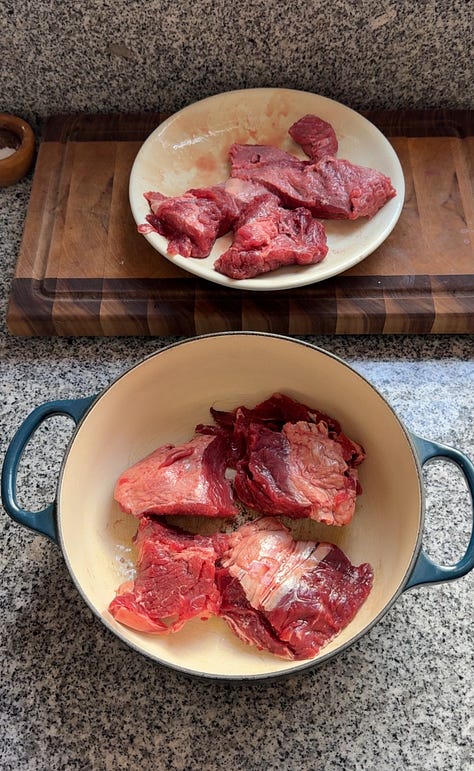
Investing in the right kitchen tools makes it easier to prepare meals that support skin health and longevity:
Steamer Basket – Ideal for cooking vegetables and proteins while preserving nutrients. Definitely opt for stainless steel or a bamboo version instead of plastic. I haven’t gotten around to purchasing one yet (put that next to funnel on the list of kitchen things I need), so for now I just use the rack insert that came with my pressure cooker.
Dutch Oven – Perfect for gentle, long-duration cooking to break down proteins without excessive heat.
Large Stainless Steel Pot - Everyone needs a soup cauldron in their kitchen to make broths or big batches of soup or stew!
Instant Pot or Pressure Cooker – Reduces cooking time while keeping AGEs to a minimum. I like my Instant Pot because it doubles as a slow cooker and it has a stainless steel insert rather than a non-stick coated insert.
Stainless Steel & Cast Iron Cookware – Non-toxic options that minimize chemical exposure during cooking. Plus, they will last forever if you take good care of them!
Low-AGE Recipe Ideas
Here are some delicious, low-AGE recipes to start practicing these cooking methods:
Steamed Eggs
Tender Braised Chuck Roast
Lemon Herb Poached Salmon
Steamed Veggies with Garlic Tahini Dressing
Acid Marinated Steak
Pork & Shrimp Meatballs in Broth
Silky Steamed Eggs
Instead of frying eggs on high heat, use this water steaming method for the most silky, custardy egg dish.
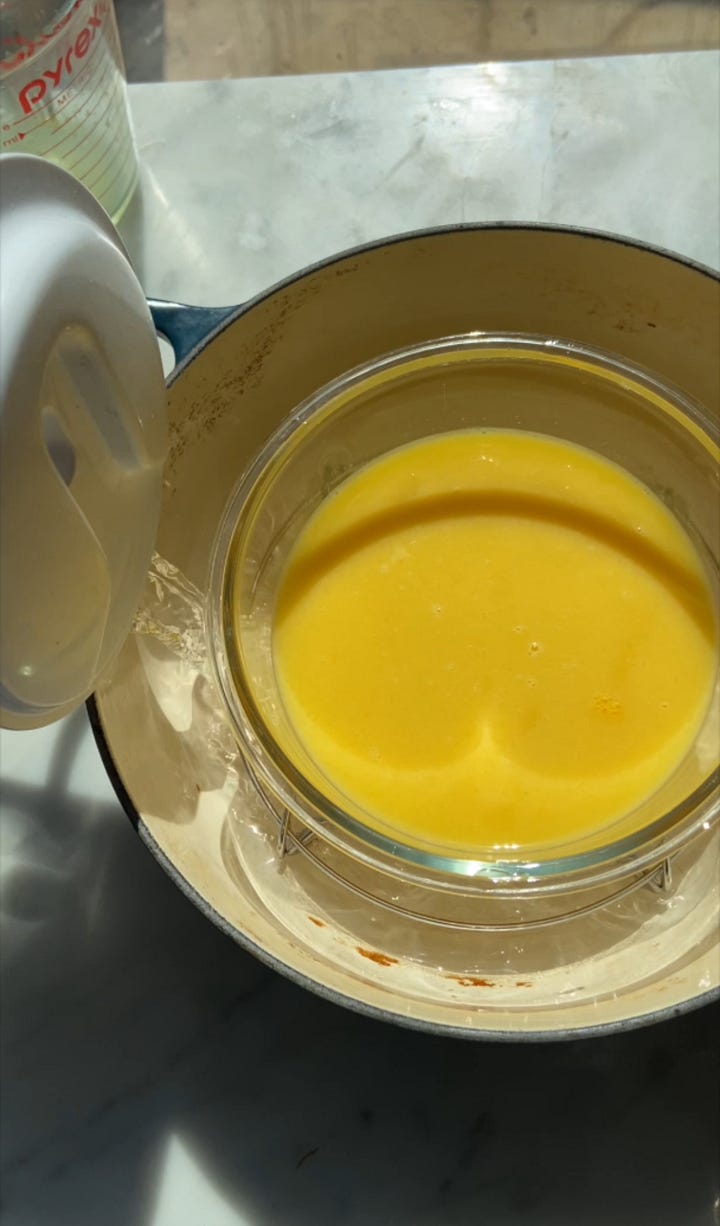
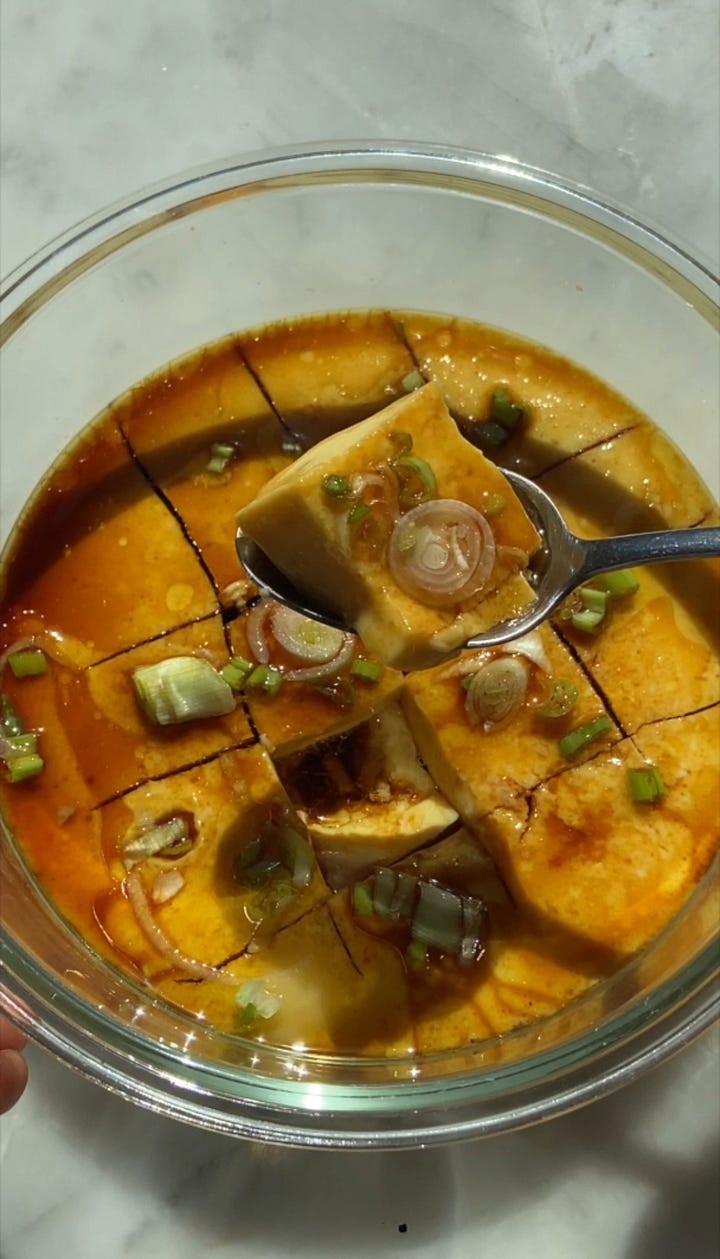
Ingredients:
3-4 eggs
~1 cup bone broth
1 pinch sea salt
Seasonings and garnish of choice (organic tamari, toasted sesame oil, green onions)
Directions:
Whisk eggs in a large measuring cup. I usually do 3-4 eggs. Add an equal amount of bone broth (if your eggs measured to 3/4 cup, add 3/4 of bone broth). Add a pinch of sea salt. Whisk well until you have a smooth mixture.
Pour the mixture into a shallow heat-proof bowl and steam in a pot that you can cover with a lid. I make my own steamer at home by using a deep dutch oven, placing a steamer rack in it and placing the egg dish on top of that. Add a bit of water to the bottom of the pan, but don’t let the water reach the egg dish. Add a lid, leaving a small crack open, and let it cook over medium-low heat.
Steam until it’s solid but still jiggly. This will depend on the size dish that you use, so start checking after about 10-12 mins.
Top with your seasonings of choice, I like organic tamari, toasted sesame oil and some chopped green onions.
Tender Braised Chuck Roast
Skip charred meats and make this slow-cooked beef that is packed with collagen-boosting nutrients while keeping AGEs low.
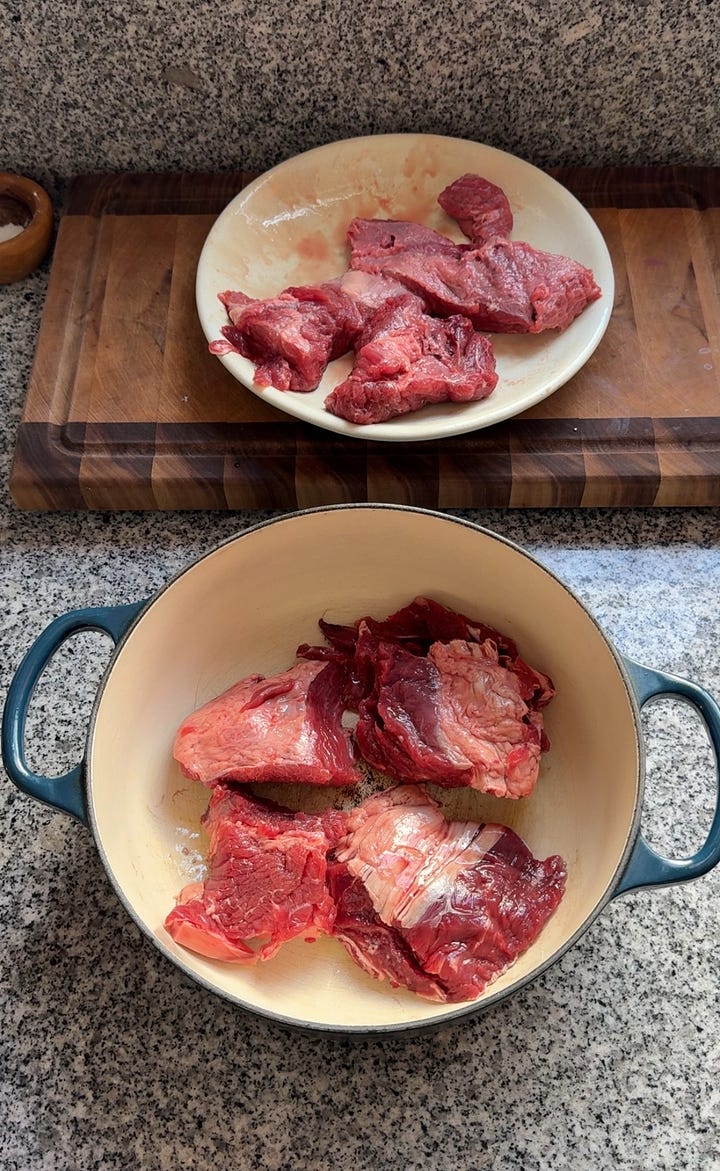
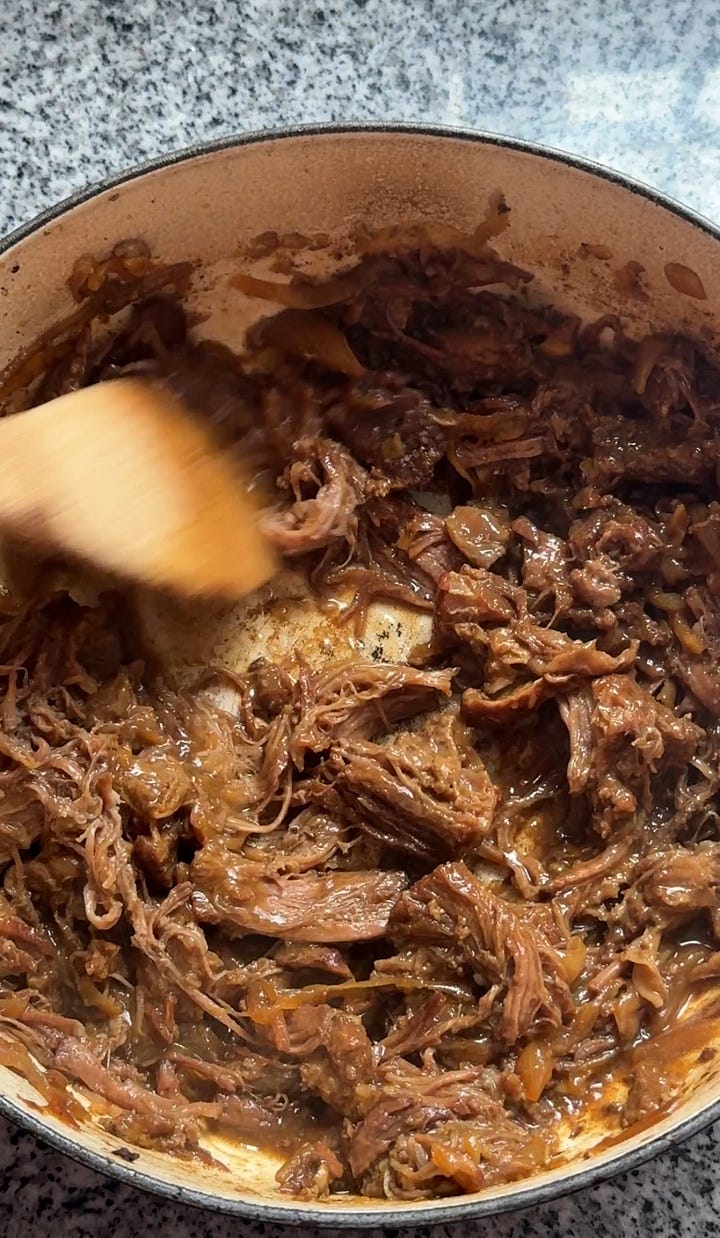
Ingredients:
3-4 lb chuck roast
Sea salt and pepper to taste
1 large onion, chopped
3 cloves garlic, minced
3 cups bone broth (or water)
1 tbsp dried thyme
1 tbsp dried rosemary (or a couple of sprigs fresh rosemary)
2 carrots, peeled and cut into chunks
2-3 potatoes, peeled and cut into chunks (optional)
Directions:
Preheat your oven to 300°F (150°C).
Season the chuck roast generously with sea salt and pepper on all sides.
In a large oven-safe pot or Dutch oven, combine the chuck roast, onion and garlic.
Pour in the bone broth (and any additional water if needed to cover the roast halfway). Add the dried thyme, rosemary, and a pinch more sea salt and pepper. Add the carrots and potatoes around the roast.
Cover the pot with a lid and place it in the oven. Braise the roast for about 3-4 hours, or until the meat is fork-tender and easily pulls apart. (Check halfway through and add more broth or water if necessary.)
Once the roast is done, remove it from the pot and let it rest for about 10 minutes. Slice or shred the roast and serve with the braised vegetables and juices from the pot.
Lemon Herb Poached Salmon
A gentle poaching method keeps this dish flavorful without creating harmful AGEs.
Ingredients:
2 wild salmon fillets
3 cups bone broth or water
1 lemon, sliced
2 cloves garlic, smashed
1 tsp sea salt
1 tbsp olive oil
Fresh herbs (dill, parsley, or thyme)
Directions:
In a pan, bring water or broth to a gentle simmer.
Add lemon slices, garlic, and herbs.
Place salmon fillets in the liquid and poach for 8-10 minutes.
Remove and drizzle with olive oil before serving.
Steamed Vegetables with Garlic Tahini Dressing
Steaming preserves nutrients while keeping AGEs low. Choose seasonal veggies so that the bright, rich flavor stands out!
Ingredients:
1 cup broccoli florets
1 cup cauliflower florets
1 cup carrots, sliced
2 tbsp tahini
1 tbsp lemon juice
1 clove garlic, minced
1 tbsp water
1/2 tsp sea salt
Directions:
Steam vegetables for 5-7 minutes until tender.
Whisk together tahini, lemon juice, garlic, water, and sea salt.
Drizzle over steamed vegetables and enjoy.
Acid Marinated Steak
For the days when you do want to grill or sear some delicious steak, marinating it in an acid for at least 10 minutes can cut the AGEs in half!
Ingredients:
Keep reading with a 7-day free trial
Subscribe to Olivia’s Substack to keep reading this post and get 7 days of free access to the full post archives.

